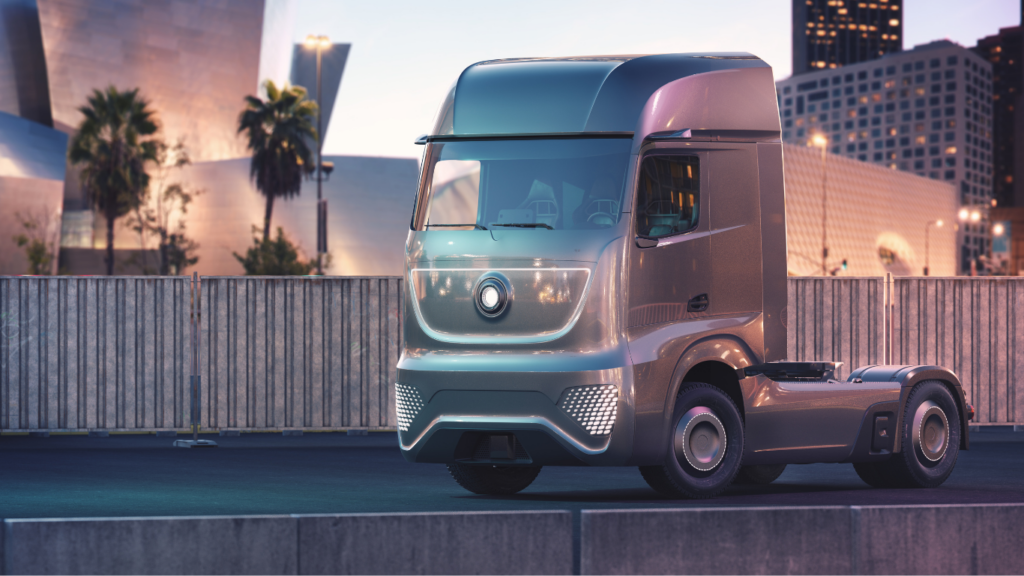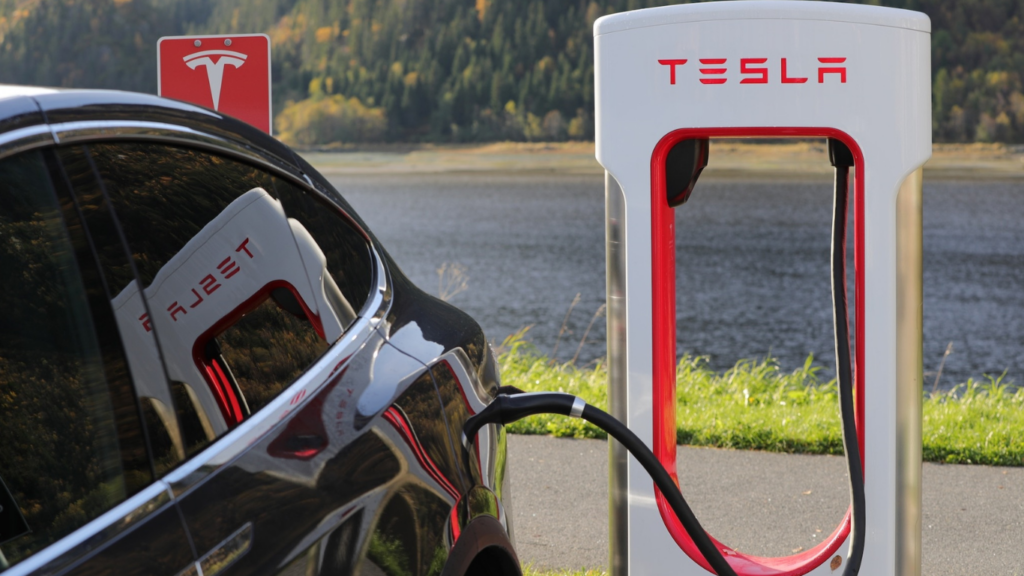Overview Of Autonomous Vehicles
Autonomous vehicles use complex systems of sensors, cameras, radar, and AI algorithms to navigate without human intervention. Manufacturers like Tesla, Waymo, and Uber are leading the development of these systems. These vehicles process vast amounts of data in real-time to make split-second decisions on the road.
Safety remains a primary focus. According to the National Highway Traffic Safety Administration, human error accounts for 94% of serious crashes, so autonomous vehicles aim to significantly reduce this statistic. Enhanced features like automatic emergency braking, lane-keeping assistance, and adaptive cruise control are standard in many models.
The regulatory landscape is evolving. Governments globally are adopting frameworks to accommodate autonomous vehicle testing and deployment. For example, the U.S. Department of Transportation has issued guidelines to streamline the integration of these vehicles, emphasizing safety and innovation.
Public perception is gradually shifting. Surveys by the American Automobile Association show an increasing number of people open to using self-driving cars, though concerns about cybersecurity and system failures persist. As technology advances, trust in autonomous systems grows.
Key Advancements In 2024
Manufacturers and researchers are driving significant progress in autonomous vehicle technology. Key areas include technological innovations, legislative changes, and consumer adoption.
Technological Innovations
Sensor technology and AI algorithms are becoming more sophisticated, enhancing vehicle navigation and safety. LIDAR systems provide high-resolution mapping of environments, and manufacturers are integrating them more seamlessly. AI algorithms now process data faster, allowing vehicles to react more swiftly to their surroundings. For example, Tesla’s Full Self-Driving (FSD) software uses neural networks to improve decision-making on the road. Additionally, 5G connectivity enables real-time data exchange between vehicles and infrastructure, minimizing latency and improving traffic management.
Legislative Changes
Governments are adapting regulations to keep pace with autonomous vehicle advancements. The U.S. Department of Transportation’s updated guidelines underscore safety and innovation, ensuring new technologies meet rigorous safety standards. States like California and Arizona are leading in creating frameworks for testing and deploying autonomous vehicles. They’re focusing on liability issues, data privacy, and integrating autonomous vehicles into existing transportation systems. Internationally, countries like Germany are updating their laws to facilitate the deployment of self-driving cars, setting a precedent for global adoption.
Consumer Adoption
Consumer acceptance of autonomous vehicles is gradually increasing. Surveys indicate a growing trust in self-driving technology, particularly among younger generations. Manufacturers are enhancing user interfaces to make the transition from manual to autonomous driving smoother. For instance, Waymo’s rider-only service in Phoenix, Arizona, offers passengers a fully autonomous experience, boosting public confidence. However, consumers still express concerns about cybersecurity and reliability, highlighting the need for continued transparency and education to fully embrace autonomous vehicle technology.
Major Players In The Market

Several key players are shaping the autonomous vehicles industry in 2024. These companies are at the forefront, leveraging advanced technologies and significant resources to push the boundaries of what self-driving cars can do.
Automotive Giants
Automotive giants like Tesla, Ford, and General Motors are leading the charge in the autonomous vehicle market. Tesla remains a dominant force with its Autopilot and Full Self-Driving (FSD) packages, which continue to evolve with over-the-air updates. Ford’s BlueCruise and General Motors’ Super Cruise systems also mark significant strides in semi-autonomous driving, reflecting their commitment to advancing vehicle autonomy.
- Tesla: Offers Autopilot and FSD packages, frequently updated for improved performance.
- Ford: BlueCruise system enables hands-free driving on pre-mapped highways.
- General Motors: Super Cruise allows long-distance hands-free driving with integrated LIDAR mapping.
Tech Companies
Tech companies such as Waymo, Apple, and Nvidia are significantly impacting the autonomous driving landscape. Waymo, a subsidiary of Alphabet, has invested heavily in developing robust self-driving systems. Reports suggest Apple is also working on its own autonomous vehicle project, leveraging its extensive expertise in seamless hardware-software integration. Nvidia provides crucial AI chips and software platforms that power many autonomous driving systems.
- Waymo: Specializes in autonomous ride-hailing services and robust driving systems.
- Apple: Involved in an autonomous vehicle project, focusing on integrated hardware-software solutions.
- Nvidia: Supplies AI chips and software platforms essential for vehicle autonomy.
These companies, by harnessing cutting-edge technology, make autonomous driving a reality, pushing forward rapid advancements in the industry.
Challenges And Concerns
Advances in autonomous vehicle technology bring promising innovations, yet several challenges and concerns still need resolution before widespread adoption.
Safety Issues
Ensuring the safety of autonomous vehicles poses significant challenges. Despite advanced sensors, cameras, radar, and AI algorithms, these systems sometimes struggle in adverse weather or complex traffic conditions. Incidents of autonomous vehicle malfunctions highlight the need for robust testing protocols. Major stakeholders, including Tesla and Waymo, continue to invest in technologies like LIDAR (Light Detection and Ranging) and V2X (Vehicle-to-Everything) communication to enhance safety and reliability.
Ethical Considerations
Autonomous vehicles face scrutiny regarding ethical decision-making. AI-driven systems must make real-time choices in crisis scenarios, raising questions about programming moral judgments. For instance, should an autonomous vehicle prioritize passenger safety over pedestrian safety in unavoidable collision situations? Organizations like the IEEE are working on frameworks to address these ethical dilemmas, but consensus remains elusive.
Infrastructure Requirements
The deployment of autonomous vehicles demands substantial infrastructure updates. Current roadways lack the necessary V2X communication systems and smart traffic signals essential for optimal performance. Cities need to invest in digital infrastructure to support real-time data exchange. Governments and private entities must collaborate on infrastructure enhancements, including dedicated lanes and smart intersections, to ensure seamless integration of autonomous vehicles into existing urban environments.
Predictions For The Future
Short-Term Outlook
By 2024, the autonomous vehicle market sees significant growth, with several manufacturers launching fully autonomous models for commercial and personal use. Tesla’s advancements in Full Self-Driving (FSD) software achieve notable improvements in urban navigation and highway driving. Companies like Uber and Waymo expand their autonomous ride-hailing services to more cities, reducing dependence on human drivers. Public transit systems start integrating autonomous buses in limited areas, offering efficient and consistent service.
Many urban areas adapt infrastructure to support autonomous cars, introducing dedicated lanes and smart traffic signals. Insurance companies begin offering policies specifically for autonomous vehicles, accommodating their unique risk profiles. Legislators continue developing regulations to ensure safety and address ethical concerns.
Long-Term Vision
Looking beyond 2024, autonomous vehicles become commonplace, drastically altering urban landscapes and transportation norms. Major advancements in AI and sensor technology eliminate human error from driving, enhancing overall road safety. Autonomous vehicles interact seamlessly with smart infrastructure, leveraging V2X communication for optimal traffic flow and reduced congestion.
Shared autonomous vehicle fleets dominate ride-sharing services, leading to fewer privately-owned cars and more efficient utilization of vehicles. Long-distance autonomous freight transport becomes more prevalent, reducing costs and increasing supply chain efficiency. Cities evolve to accommodate autonomous technology, with fewer parking spaces, more green areas, and infrastructure optimized for pedestrian and cyclist safety.
Ethical AI frameworks for autonomous decision-making become standardized, ensuring consistent responses in crisis scenarios. Legislation worldwide synchronizes to support a global autonomous vehicle ecosystem, fostering international collaboration for continued innovation.





